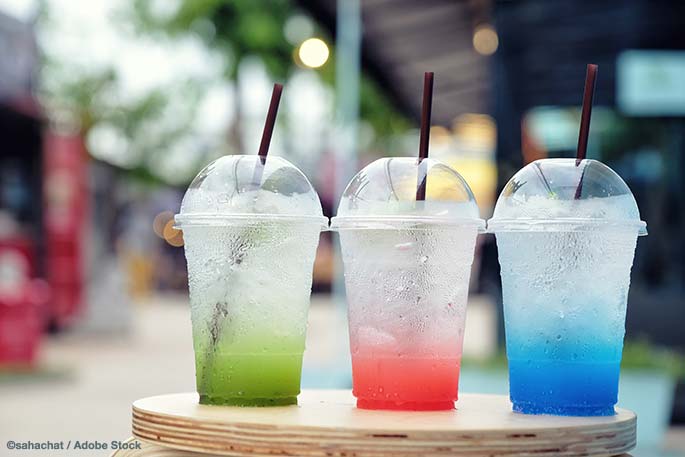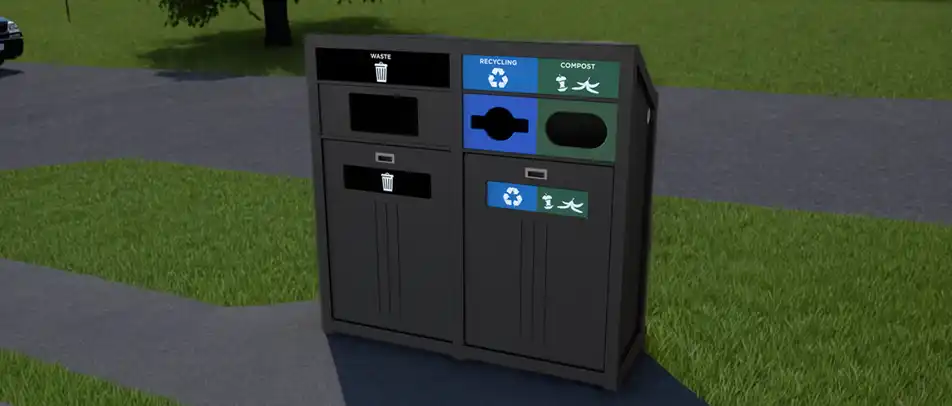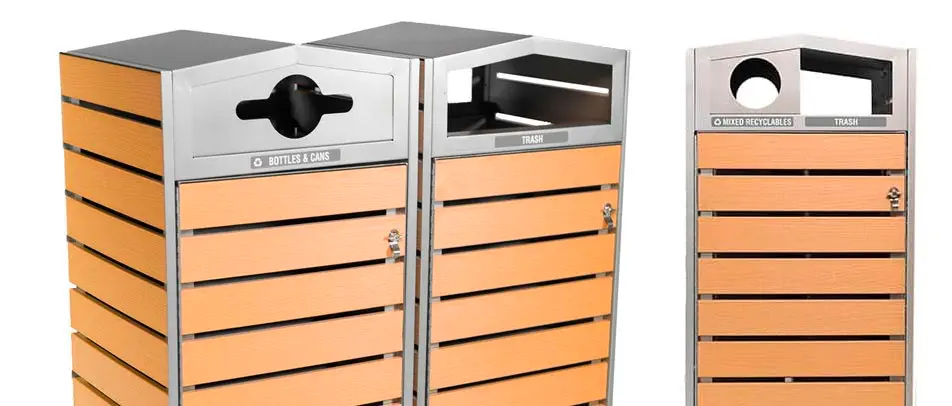
With more and more businesses banning plastic straws, the search has started for what material should replace the substance that has helped to pollute the oceans. According to Business Insider South Africa, though, every proposed alternative material has some drawbacks.
At first glance, straws made of metal would seem to be a winner. They are sturdy and would be reusable. However, metal straws have a significant drawback in that they conduct heat and cold very efficiently, making them unpleasant to use. Copper straws are a big conductor of temperature, so putting one’s lips around the ends of one of those can make drinking a soda or a Frappuccino an endurance test.
The magazine also tested straws made of Khanyiso reed, a plant that grows in Mozambique, and bamboo. Both substances are sturdy and biodegradable. Unfortunately, they also add an unpleasant taste to any beverage that they are used to drink.
Glass straws seem to work pretty well. They do not conduct temperature or add an unpleasant taste to beverages. Unfortunately, glass tends to break easily. Straws made of glass also need a wire brush to clean the insides before reuse.
According to Time Magazine, the most popular alternative to plastic in straws is paper. Paper biodegrades within a few weeks so it would seem to be an environmentally benign solution that can replace plastic. However, CNBC reports that even paper straws have a couple of disadvantages. First, they cost more than plastic straws, 2.5 cents as opposed to half a cent. Second, paper straws tend to lose their shape pretty quickly, which tends to be a problem when one is trying to finish one’s drink.
The bottom line is that restaurants and some stores are ditching plastic straws without being an entirely suitable alternative available. Consumer resistance may result. Saving the environment is one thing, but being able to finish one’s drink without difficulty is quite another.




































































































































 Three Ways to Engage Teams and Clients to Maximize Your Recycling Program Engagement
Three Ways to Engage Teams and Clients to Maximize Your Recycling Program Engagement  How to Integrate Accessibility Into Your Sustainability Planning
How to Integrate Accessibility Into Your Sustainability Planning  Why Park Benches Can Promote Workplace Well-Being
Why Park Benches Can Promote Workplace Well-Being 
